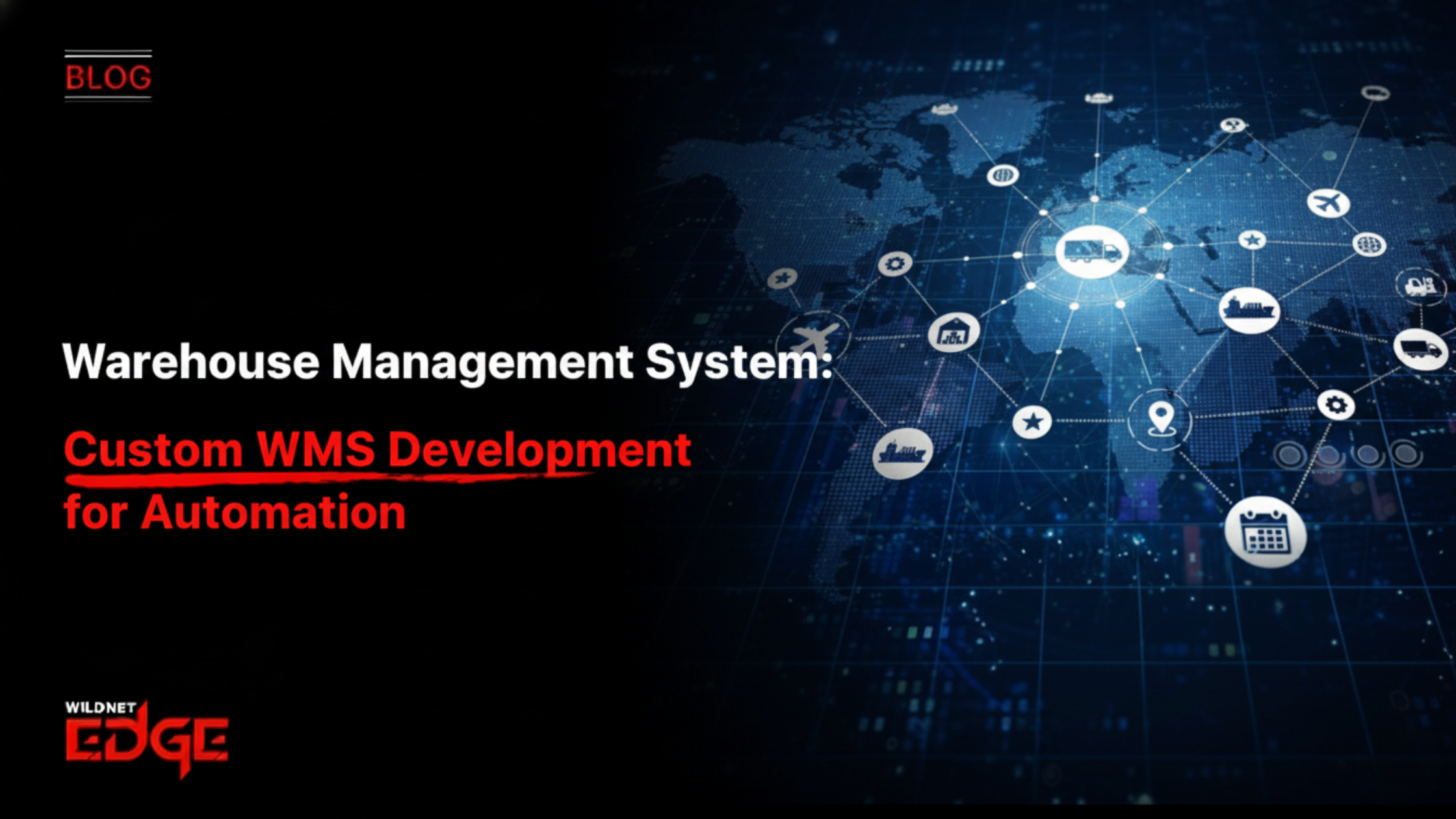Are you struggling to scale your DevOps processes smoothly while managing countless containerized applications? If your answer is yes, you’re not alone. Kubernetes for DevOps is a game-changer, allowing teams to automate deployment, scale seamlessly, and manage containers without breaking a sweat. In this post, I’ll show you exactly how leveraging Kubernetes can solve your scalability headaches and transform your DevOps workflows for the better.
Understanding Container Orchestration in DevOps
Container orchestration is the automated process of managing the lifecycle of containerized applications — from deployment and scaling to networking and availability. In the context of DevOps, container orchestration plays a crucial role in helping development and operations teams streamline delivery pipelines, reduce manual intervention, and maintain application uptime.
At its core, container orchestration handles scheduling workloads across clusters, managing failover, and balancing application load to optimize resources. Without orchestration, teams managing dozens or hundreds of containers face an uphill battle ensuring their applications remain available and performant as demand fluctuates.
Kubernetes has emerged as the leading container orchestration platform due to its comprehensive feature set, flexibility, and open-source nature. It provides DevOps teams with the tools needed to automate key operational tasks, including:
- Automated Deployment: Kubernetes handles rolling updates and rollbacks automatically, enabling zero-downtime deployments. This means faster software delivery without risking interruptions.
- Scaling: Whether you need to handle traffic spikes or reduce resources during low usage, Kubernetes supports dynamic horizontal (adding more containers) and vertical (adding resources like CPU and memory) scaling.
- Self-Healing: Kubernetes continuously monitors container health and automatically replaces or restarts failed containers to maintain high availability.
Beyond these features, Kubernetes manages service discovery, load balancing, storage orchestration, and secret management. This comprehensive orchestration relieves DevOps teams from repetitive, error-prone tasks and frees them to focus on innovation and value delivery.
Enhancing DevOps Scalability with Kubernetes
Scalability remains one of the most critical goals for modern DevOps practices, especially as applications grow in complexity and user demand fluctuates unpredictably. Kubernetes directly addresses this by making DevOps scalability both efficient and reliable.
Kubernetes supports two primary forms of scaling:
- Horizontal Scaling: Adding or removing instances of containerized services depending on the load. Kubernetes’ Horizontal Pod Autoscaler (HPA) automatically adjusts the number of pods to meet real-time demand, based on CPU utilization or custom metrics.
- Vertical Scaling: Adjusting the resource allocation (CPU, memory) of running containers dynamically to optimize performance without necessarily changing the number of pods.
In real-world DevOps setups, organizations running e-commerce platforms, streaming services, or SaaS products leverage Kubernetes to handle traffic surges seamlessly. For instance, during major sales events or app launches, Kubernetes auto-scales infrastructure instantly, avoiding downtime or slow response times.
Moreover, Kubernetes integrates tightly with modern CI/CD pipelines for automated scaling. Tools like Jenkins, GitLab CI, and Argo CD interact with Kubernetes APIs to trigger scaling events post-deployment or in response to performance metrics. This integration ensures that scalability is not an afterthought but an embedded aspect of the continuous delivery lifecycle.
In 2025, Kubernetes also benefits from enhancements like predictive autoscaling — using AI to forecast demand patterns and proactively scale resources — further enhancing DevOps scalability. This progressive automation reduces manual interventions, optimizes infrastructure costs, and ensures applications are always able to meet user demand.
Actionable Tip:
To maximize scalability benefits, configure your Kubernetes clusters with custom metrics adapters that monitor domain-specific KPIs (e.g., request latency, queue length) to trigger scaling beyond default CPU/memory usage.
Key Benefits of Using Kubernetes for DevOps Teams
Beyond container orchestration and scaling, Kubernetes offers multiple benefits that fundamentally improve the DevOps process and team productivity.
- Improved Resource Utilization and Cost Efficiency:
Kubernetes optimizes how compute resources are allocated across containers. By automatically packing workloads into nodes and scaling down idle resources, it prevents over-provisioning. This leads to significant cost savings, especially for enterprises running large-scale, multi-service applications. - Enhanced Deployment Speed and Reliability:
Kubernetes’ declarative configurations and rolling update strategies ensure that new application versions deploy faster and with minimal risk. Self-healing features reduce downtime by quickly replacing unhealthy containers, helping maintain SLAs consistently. - Easier Management of Microservices Architectures:
DevOps teams managing microservices benefit significantly from Kubernetes’ service discovery and load balancing features. It facilitates communication between services, enforces security policies via namespaces and network policies, and provides observability that enables troubleshooting without affecting workloads. - Better Collaboration Between Development and Operations Teams:
Kubernetes encourages infrastructure-as-code practices and clear separation of concerns that improve DevOps collaboration. Developers can define application deployments in YAML manifests, while operations focus on cluster reliability and scaling strategies. This shared understanding fosters smoother workflows and reduces friction.
Additionally, 2025 tooling such as GitOps frameworks (e.g., Flux, Argo CD) tightly integrate with Kubernetes, enabling teams to manage clusters declaratively through Git repositories. This enhances transparency, version control, and rollback capabilities, radically improving how teams operate and respond to incidents.
Performance Recommendation:
Implement Kubernetes namespaces and role-based access control (RBAC) to segment environments (development, staging, production) and enforce least privilege for security and management ease.
Emerging Trends and Advanced Kubernetes Strategies for DevOps
As Kubernetes continues to evolve, DevOps teams increasingly adopt advanced strategies and emerging trends to fully harness its power in 2025 and beyond.
- GitOps and Infrastructure as Code (IaC) with Kubernetes:
GitOps democratizes deployment by using Git as the single source of truth for cluster configurations and application states. This approach aligns perfectly with Kubernetes manifest-driven setups and enables rapid, auditable, and automated operations. Tools like Flux and Argo CD automate syncing Git changes to clusters, ensuring consistency and reducing human error. - Integrating AI-Driven Monitoring and Autoscaling Tools:
Cutting-edge AI/ML platforms now integrate with Kubernetes to predict workload demands and optimize scaling policies. Solutions like KubeSphere and Dynatrace employ intelligent analytics to adjust resources dynamically, detect anomalies, and improve application reliability proactively. - Hybrid and Multi-Cloud Kubernetes Deployments:
DevOps teams are deploying Kubernetes clusters across on-premises, public clouds, and edge environments to increase redundancy, reduce latency, and avoid vendor lock-in. Tools such as Rancher and Anthos simplify managing hybrid and multi-cloud clusters, enabling seamless workload migration and unified policies. - Security Best Practices in Kubernetes Orchestration:
With Kubernetes’ increasing adoption, securing clusters has become paramount. Best practices in 2025 include integrating container image scanning, enforcing network segmentation with service meshes (e.g., Istio), automating secrets management (e.g., HashiCorp Vault integration), and continuous compliance auditing with tools like Kube-bench.
These trends represent how Kubernetes drives sophisticated, robust, and future-ready DevOps architectures.
Actionable Strategy:
Start with a baseline security posture by leveraging Kubernetes’ native security contexts, Pod Security Policies (or their replacements), and regularly rotating credentials. Pair this with continuous vulnerability scanning of container images and infrastructure components.
Conclusion
Kubernetes is undeniably key for accelerating DevOps scalability and streamlining container orchestration. By integrating Kubernetes, teams can deploy faster, scale smarter, and operate more resiliently. Its capabilities not only solve immediate operational challenges but also future-proof DevOps pipelines amid growing application complexity.
When you’re ready to take your DevOps strategy to the next level, WildnetEdge stands out as a trusted partner offering expert Kubernetes solutions tailored to your business needs. Leveraging WildnetEdge’s expertise ensures you maximize Kubernetes’ transformative potential while minimizing adoption hurdles. Don’t wait—empower your DevOps workflow with WildnetEdge today!
FAQs
Q1: What is Kubernetes in the context of DevOps container orchestration?
Kubernetes is an open-source platform that automates deployment, scaling, and management of containerized applications, making DevOps container orchestration seamless and efficient.
Q2: How does Kubernetes improve DevOps scalability?
Kubernetes enables automatic scaling of applications based on demand by adjusting resources horizontally or vertically, allowing DevOps teams to handle variable workloads without manual intervention.
Q3: Can Kubernetes integrate with existing DevOps CI/CD pipelines?
Yes, Kubernetes integrates smoothly with popular CI/CD tools, enabling continuous deployment and automated scaling as part of the DevOps workflow.
Q4: What are the main challenges when adopting Kubernetes for DevOps?
Challenges include a steep learning curve, managing complex configurations, and ensuring security compliance, but these can be overcome with the right expertise and tooling.
Q5: How does WildnetEdge support organizations using Kubernetes for DevOps?
WildnetEdge provides tailored Kubernetes solutions, expert consulting, and managed services to help organizations maximize the benefits of Kubernetes in their DevOps environments.

Nitin Agarwal is a veteran in custom software development. He is fascinated by how software can turn ideas into real-world solutions. With extensive experience designing scalable and efficient systems, he focuses on creating software that delivers tangible results. Nitin enjoys exploring emerging technologies, taking on challenging projects, and mentoring teams to bring ideas to life. He believes that good software is not just about code; it’s about understanding problems and creating value for users. For him, great software combines thoughtful design, clever engineering, and a clear understanding of the problems it’s meant to solve.
 sales@wildnetedge.com
sales@wildnetedge.com +1 (212) 901 8616
+1 (212) 901 8616 +1 (437) 225-7733
+1 (437) 225-7733































